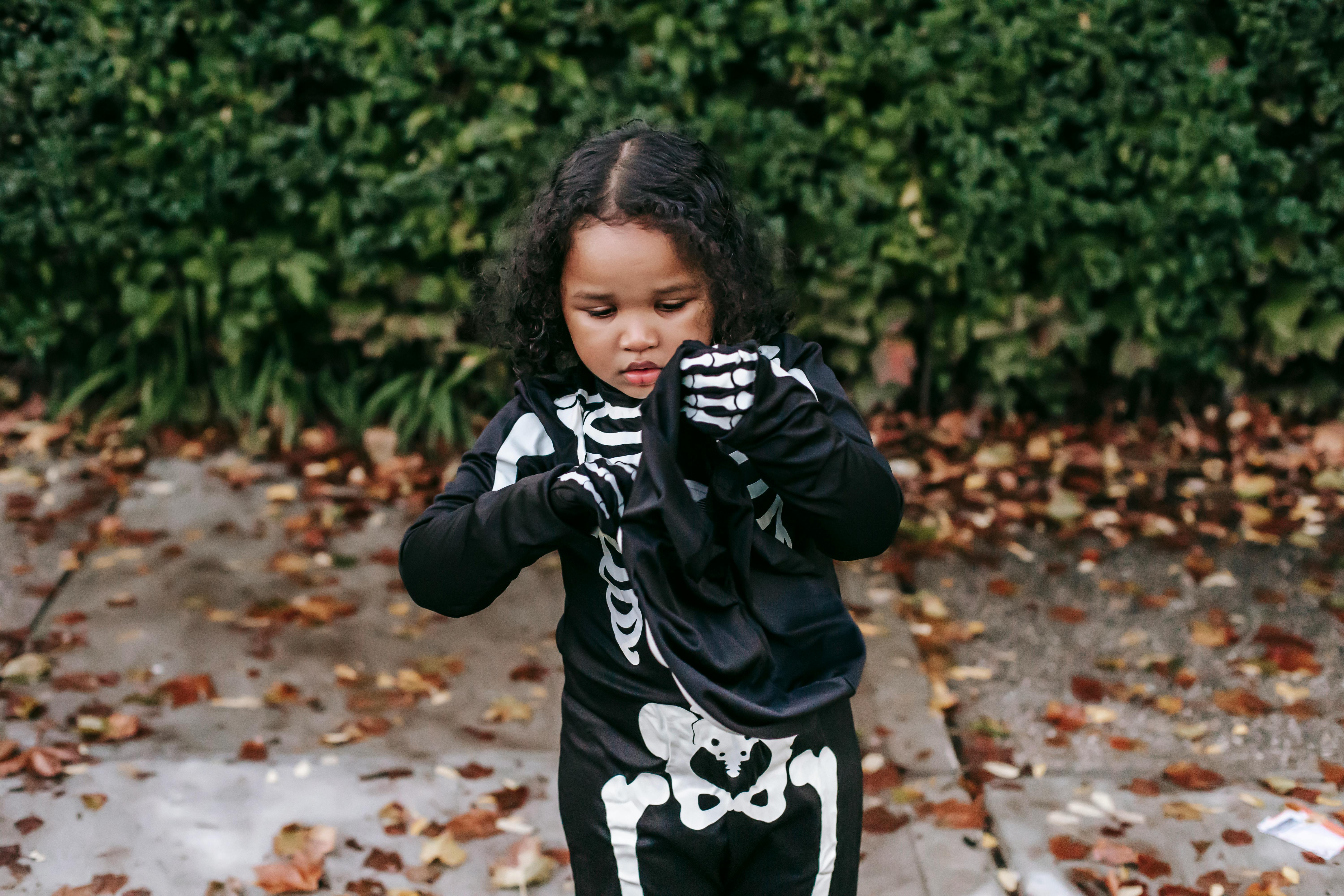Every child adopted from a foster home deserves a clear and detailed record of his or her life prior to adoption. As a foster child waits for a forever family, a life book can help you understand the past and prepare to move on.
Once a child is placed with a permanent family, the life books are a connection to the past that can inform and enhance the future. If done carefully, life books are an invaluable tool in helping children through difficult life transitions and allowing them to take ownership of their unique stories.
Simply put, a life book is a book that presents the story of a child’s life. Like other books, life books can contain pictures, artwork, text, and other meaningful mementos that convey information about a child’s personal history. What kid doesn’t like to be the star of his own story to an audience of his choice?
In principle, it’s very simple … until you start to account for abuse and neglect, multiple locations, loss and pain, complicated legalities, and disruptions. How can abuse, drugs, and rejection be translated into terms and images appropriate for a five-year-old? You may have to learn some new skills, but a well-constructed life book can contain a story of the deepest loss and grief.
Key components
When I was a new adoption worker, the seasoned writers in my office created a kind of life book template / checklist. All of our life books include:
or information about the child’s birth
a copy of the child’s birth certificate
or biological family information
or why the child entered foster care
a history of different placements
a worker blessing page
To boost the children’s self-esteem, our template included a very upbeat birth page. A common line was: “When you were born, the doctors screamed and aaaaaron …”
While I believed in all the components of the life book, I never liked this line. To me, it just didn’t ring true. Many of our children were little drug addicted babies fighting for their lives. Life books are supposed to be about the truth.
Lifebook Truths.
Because life books are historical documents, it is never okay to lie. Sometimes, however, you may not know much about a particular event, for example, the time the child was born. In such circumstances, you may need to say, “I bet you …”
For instance:
I bet her birth mother was happy to have given birth to such a beautiful girl, but she may also have been feeling sad and confused due to her bad drug problems.
Official documents, such as birth certificates and hospital birth records, are a great source of factual information, and children love to see the important papers that validate their own existence. Foster children must sometimes be reminded that they, like everyone else, began life at birth.
Another way to promote the truth of the book of life is to involve the child. After all, this is their story. Grab crayons and markers and find a quiet place. Younger children may enjoy dictating while you write; Pretend they are invited to a talk show and interview them. Other children may want to write their own words and have you turn them into neat, printed pages.
Some truths are difficult to explain and accept. But if an event is an important part of the child’s story, include what you can in a developmentally appropriate way. A teenager may be able to understand “sexual abuse” and a biological parent who was “addicted to cocaine and alcohol”, but a younger child may better understand phrases like “bad contact” and “could not stay away from bad drugs “. . “
Omissions tell a child that things are so bad that they cannot be shared. Then the child can fill in the blanks with far more terrifying imaginations and a feeling of guilt or shame. Truth leads to healing, and troubling past events can eventually fade “as they are.”
Family history
Think about your family for a minute. What relatives do you follow? Whose athleticism matches yours? Whose laugh echoes yours in the same jokes? Whose nose is (for better or for worse) stuck to your face?
Much of our identity comes from being part of the generations that preceded us. Children who live with their biological family can see the traits they share with their relatives. They also hear and relive family stories at the dinner table, at family gatherings, and through shared memories.
Children who are adopted from foster homes may have vivid memories of their birth family, but relatively few positive stories or happy moments shared. Once the biological family is out of their lives, they lose important connections.
Can you imagine going through life without meeting anyone who looks like you? Can you imagine what it feels like to go through an important life event, have a baby, or be examined for cancer, without knowing your family’s medical history?
Life books can help answer questions that keep children, teens, and adults awake at night with doubts. Adoption social workers often have access to detailed social histories, old medical records, and other social workers who once worked with biological parents. If visits with birth parents are still going on, you have a golden opportunity to collect important data and images.
In my opinion, any opportunity to obtain information or images should be considered a last chance. Additional family photos and details about the birth family will be a treasure for the child and those who raise him for the rest of their lives.
And let’s not forget the brothers; they have a special magic of their own. A simple page with the names, ages, pictures, and locations of the siblings can do wonders.
Asking why
One of the most difficult and critical parts of life books answers the question: Why don’t I live with my biological family?
It is not wise to tell a child that his biological father was ill (unless it is an honest part of the story). Don’t sick people usually get better? And if mommy gets better, shouldn’t the child go home? What if mom doesn’t get better? Is it dead or dying? Why give the child this concern?
I tell the children that their biological father, biological mother (or other caregiver) had problems as an adult and was unable to take care of himself. In fact, the caregiver took such poor care of himself that he could not care for a child, any child, at that point in his life.
By placing responsibility squarely on the adult, we can help children overcome the nonsensical thinking evidenced by rhymes such as, “Step on a crevice and break your mother’s back.” Many children with a history of abuse believe that they were mean or in some way responsible for being separated from their biological families. As social workers, we must ensure that children do not carry this burden of false guilt throughout life.
I often ask children directly, “Why do you think you are not living with your biological family?” In 10 minutes, I get more information from this question than most therapists in 10 sessions. Depending on the circumstances, I will discuss the specific situation of each child later.
Investments
Pages in locations are usually the simplest. Start here and now; Make a page about the child’s current school, favorite foods, good friends, favorite sports and activities. Get all the photos you can. Do the same for previous foster home, group home, or emergency shelter placements.
If the child is about to enter an adoptive placement, a favorite page may be one that remembers when the adoptive parents and the child first met. Interview the parents and the child separately and then share your quotes. You are now accumulating text for the life book.
Look for school report cards, awards, and positive quotes from teachers and foster parents. Rewards and praise can help children feel good about who they are, a feeling that can give them the ego strength to deal with difficult transitions.
The worker’s blessing page
As a social worker, you have probably worked with this child for months, if not years. Just before the child is put up for adoption, take the time to write a page for the end of the book of life. Talk about the child’s strengths and what you think is special about him or her. Include a funny story or thought.
It is important to give the child permission to move on and be happy. This is a powerful message for the years to come.
Doing it
A team approach to life books can be very rewarding. If the foster parents can capture some moments in the child’s life, perhaps take a photo of the birth family and share a photo of the foster family as well, then the book of life has begun. Social workers and therapists can contribute to the registry.
When the child is adopted, carefully transfer the book to the adoptive family. Instruct adoptive parents to keep the book of life in a special and safe place. If the child wants the book in his room, make a copy of the original to keep. The child decides when the book of life comes out and parents should never share the book without the child’s permission.
The book may become part of adoption anniversary celebrations, provide help with assigning the school family tree, open the door to conversations about adoption and identity as the child grows, and help the child. child to deal with the painful loss of his biological family. So, too, it can be something the child can only appreciate once they start their own family. The book of life should be available whenever the child is ready.
Shortly after I started working on children’s life books, I heard from families whose children had my first endeavors typed. To my delight, they reported that the life books became more valuable over time. Life books provide foster and adoptive children with crucial life-affirming information: basic factual information about themselves, as well as an understanding of where they came from and why they have a new family. It also gave them permission to remember and mourn their losses and a better bond with their new families. What a gift!




